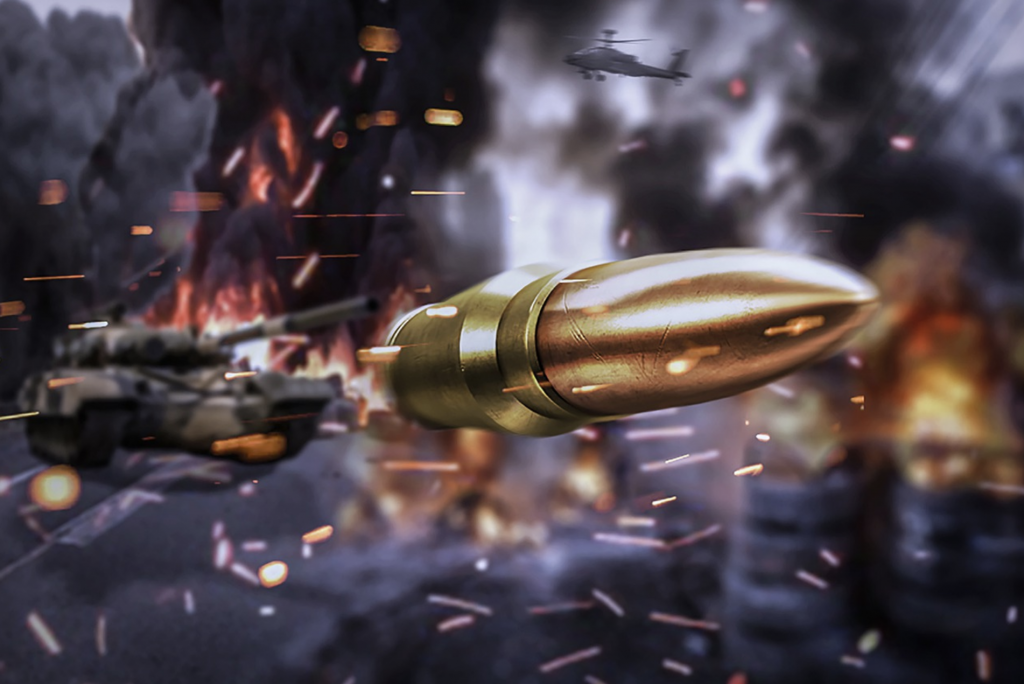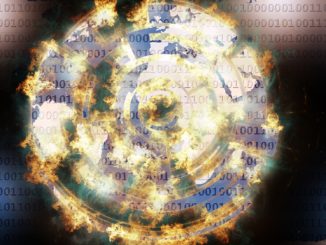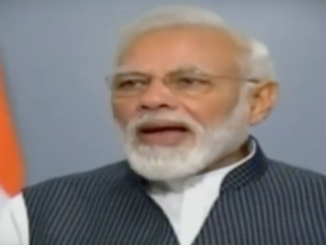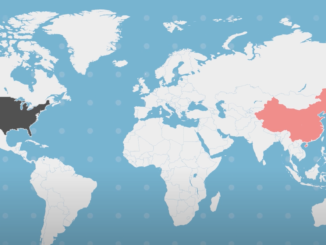
In the past few decades, there has been a recurring debate on the division between war and peace. The use of modern technologies and Artificial Intelligence has changed the nature of warfare. The cold war between U.S. and the Soviet Union and post-war phenomenon of hybrid warfare has emphasized the International Relations experts and military domains that the world politics cannot be only studied and seen through the lens of war and peace.
The most recent NATO summit declaration explains that different nations are facing amplified pressure from state and non-state actors who are using hybrid techniques to create uncertainty and blue the line between peace, conflict and crisis.Hybrid warfare is a very popular yet controversial term in the academic and military discourse. It has not yet been clearly defined and has given different connotations and definitions by various military experts, observers, researchers, and academicians through the observation of enemy agenda and activities.
As terrorist organizations keep on changing their fighting styles to adapt to changing environment and technological era, therefore, observers and experts also keep on searching new characteristics and dimensions of hybrid warfare. Rapid developments in AI-enabled technologies provide revolutionary competencies to military as well as non-military domains. This has not only transformed war hardware but has also deeply impacted human dimensions through certain direct and indirect means. It is important for state organizations, Intelligence agencies, Law Enforcement Agencies (LEAs), and other military domains as well as government think tanks to introduce mechanism and operational methodologies to timely detect hybrid threats.
In general, hybrid warfare is considered to be combination of fanatic fighting styles and advanced technologies including machine learning and deep learning, being used by both non-state actors and state actors through covert operations. These gray-zone tactics have postured continuous challenges to collective defense. The state actors have the edge to use paramilitary forces and incremental tactics to achieve security objectives and political aims without triggering war response. The combination of military and non-military means is the prominent feature of modern warfare. According to researcher Alex Ronald, technology is very important factor in holding warfare; however Frank Hoffman downplayed the role of technology in warfare. It is because technology obsession by military professionals has blinded them to the predominance and significance of humans in the warfare. Some experts view hybrid warfare as a skirmish involving state and non-state actors including; irregular forces (terrorists, extremist groups, insurgents, and guerrillas) and conventional military forces which are focused to achieve ideological agendas and political objectives. Machine learning and deep learning technologies combined with the fluidity of irregular tactics will render the understanding of hybrid warfare obsolete.
Characteristics of Hybrid Warfare. There are five important characteristics of hybrid warfare including; synergy, ambiguity, asymmetry, disruptive innovation, and battle over psychology. Firstly, Synergy refers to the use of various MPECI (Military, Political, Economic, Civil and Informational) spectrums to manipulate the concentration of hybrid warfare. Secondly, Ambiguity explains the blurred periphery between peace and war. Although peace and war are opposite phenomenon, but hybrid warfare has made this distinction vague through the use of such techniques that defy categorization between the two terminologies. Through the intensified use of AI technologies and spreading propaganda on social media, civilians also become warfighters in disguise. Thirdly, Asymmetry is the feature of hybrid warfare which discusses that the capacity of state and non-state actors is unequal. State actors are more equipped with advanced training skills and high-end technological weapons as compared to non-state actors. However, state actors are duty-bound and confined by the law and war ethics and are not able to launch counterattacks while ignoring the legal norms. On the other hand, non-state actors use violent extremist ideologies, criminal and illegal means in order to launch terrorist attacks and achieve their objectives. Fourthly, Disruptive Innovationinvolves actions at the operational and tactical levels to achieve strategic objectives. This is done by the state actors through disinformation campaigns in cyber domain and media, mobilization of non-attributable forces, and awareness among public especially social media users. Non-state actors use this characteristic by the repetitive use of terrorist attacks, bombings, using advanced commercial technology and amplified levels of military sophistication i.e. UAVs (Unmanned Aerial Vehicles), command and control system, and secure communication. Finally, Battle over Psychologyis the fifth distinguishing feature of hybrid warfare. This involves target population including the conflict zone population, home front population and the international community population. Both state and non-state actors use such technologies and strategies to win this battle by presenting their loyalty, ideologies and agendas to the target population. The non-state actors use propaganda and disinformation campaigns widely spread on social media and other platforms. Conversely, state actors tend to threaten but economize the military equipment usage to create psychological pressure on the target population.
Conclusion. The use of modern technologies and AI has blurred the distinction between peace and war. The use of these AI enabled technologies has blurred the distinction between peace and war. The use of these technologies and spreading propaganda on social media to change the mindset and loyalty of people has become crucial factor in deciding the victory or defeat in the modern warfare. With the help of advanced technologies, it has become convenient for terrorists and extremist groups to spread their ideological objectives through fake audio and video messages. Expansion of computational propaganda is made through impression accounts as well as automated accounts in order to radicalize public against state. Due to this, general public especially social media users are becoming an important tool in disguise, for spreading the ideology of these non-state actors. In many instances, social media platforms are flooded with too much fake information that it becomes very difficult for public to filter out genuine and correct information. The success or failure of any group in the modern warfare depends more on the psychological win or loss and less on the military gain or loss. Therefore, the use of hybrid warfare characteristics, AI technologies and scrutinizing social media platforms to identify and disrupt potential radicalization is crucial in getting a winning edge.
![]()




Be the first to comment